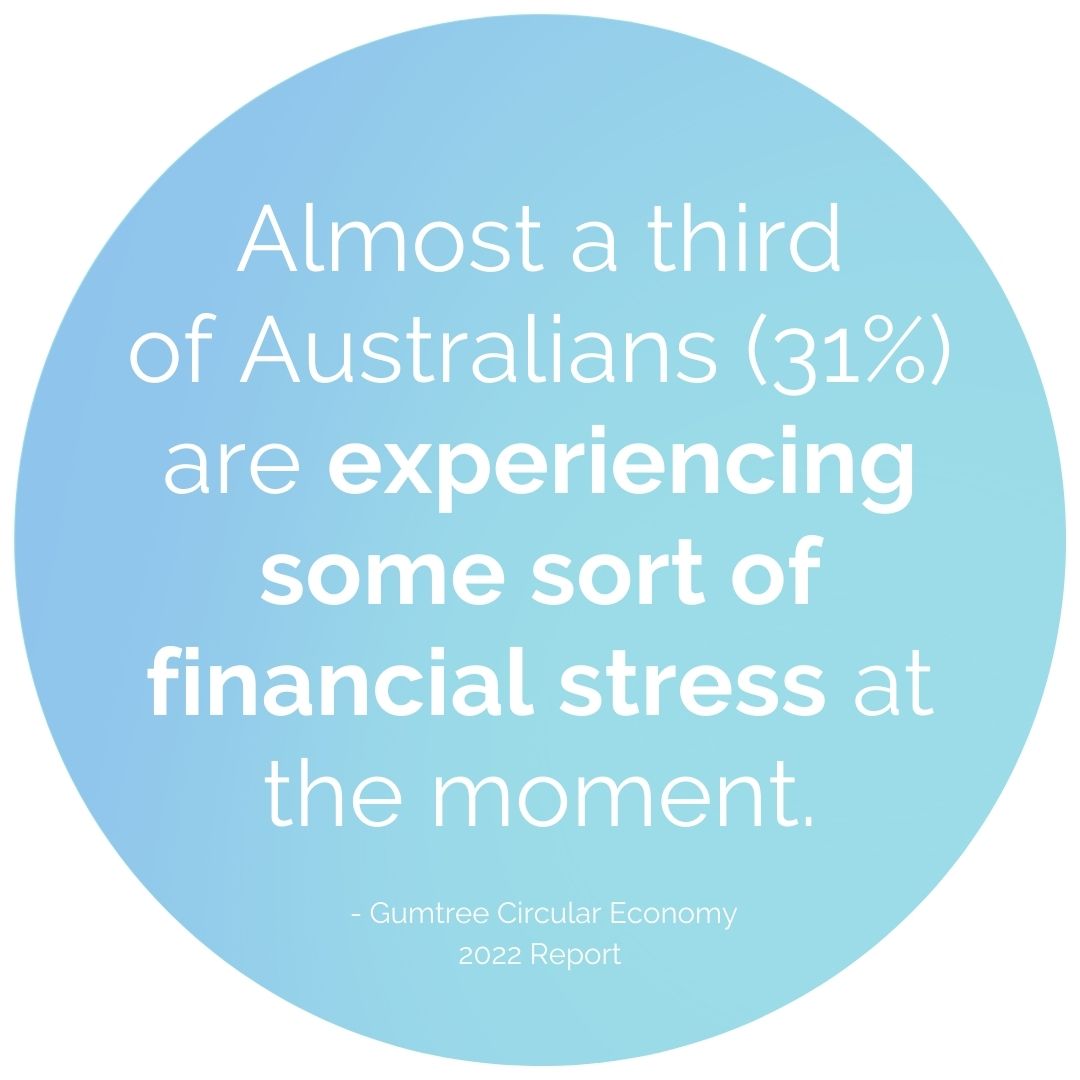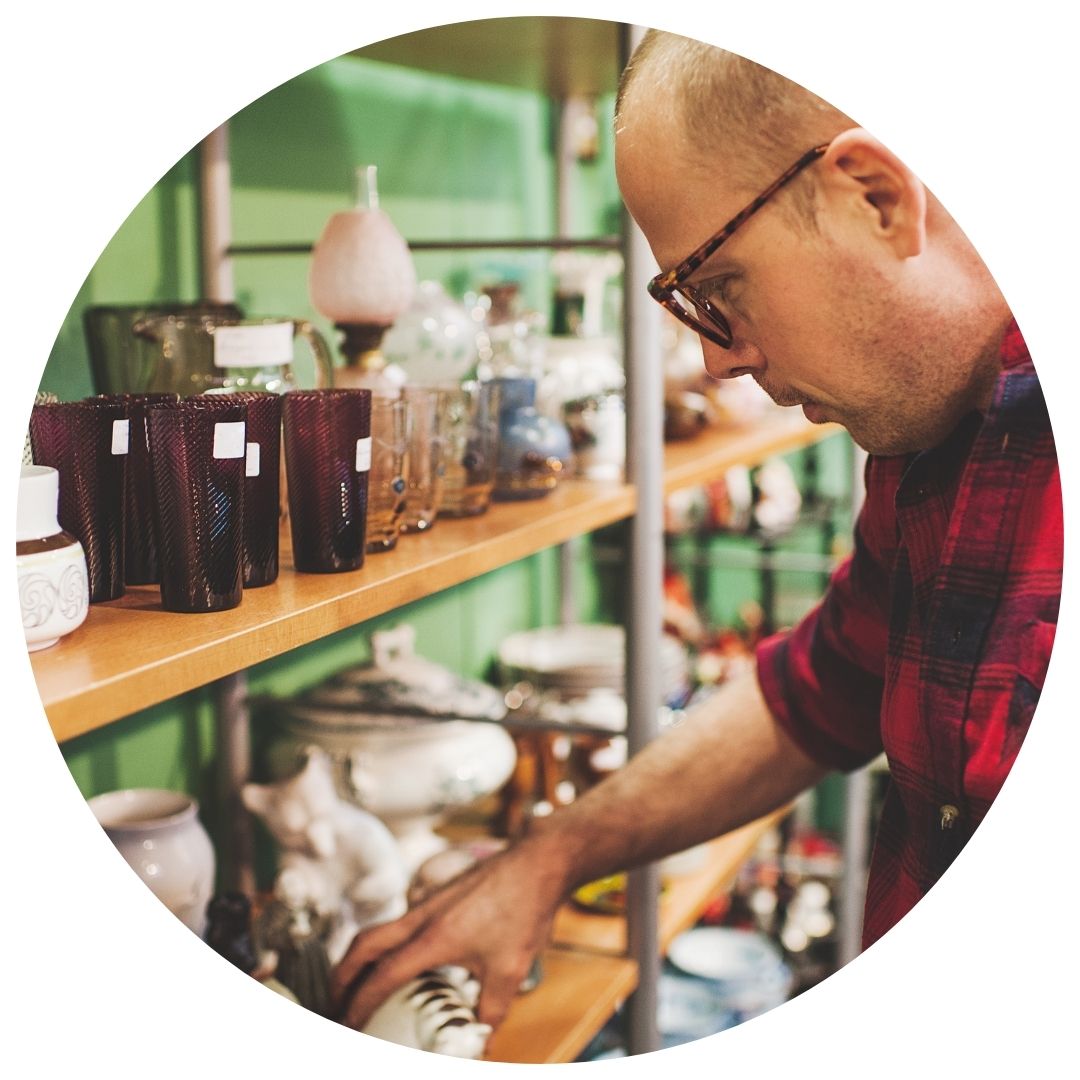Why more & more people are embracing the second-hand market
What if I said – I will pay you $7,000 to come through your house and clean out all your second-hand, unused item? Plus, you’d be helping save the environment too.
Free money and cleaning service! It must be too good to be true. Well yeah, you’d be right in thinking that… but it’s not entirely far-fetched.
The second-hand market is booming! It’s estimated that the average Australian could make roughly $6,964 from selling their unwanted items on the second-hand market.
One of the most prominent players in the Australian second-hand market, Gumtree, recently released its 2022 report full of facts and statistics. But I’ll get to that later.
Trading and saving on the second-hand market
The thought of some extra spending money prompted me to take a peek around the house. That’s when I noticed the exercise bike sitting idle collecting dust. My snowboard gear is just taking up space in the corner too. “I can trade all that for cash!” I thought. What else? An old (but perfectly usable) laptop, some handy tools, and even my favourite denim jacket (that sadly no longer fits). The list continued.
Now, if you’re like me, you’re thinking, “I stand to make a few bucks here”. And we’re not alone. As the cost of living increases and interest rates rise, more Australians are considering joining what is known as the – Circular Economy.
Its motto – “Reuse, Reduce, Recycle”. While it may sound like a battle cry for the environmentally conscious, a large portion of its concept revolves around buying and selling second-hand goods.
Trading items on the second-hand market may be an old concept, but its popularity has grown. These days, there’s a lot more variety available, the quality of second-hand items is increasing, and the platform technology has improved so much… it’s actually fun!
In recent years the Circular Economy has been injected with a massive user force eager to make money, save money and benefit the environment. It’s now estimated to be a $62b market with over 98 million second-hand items traded yearly.

Wait – what’s that about helping the environment you said?
Clearly, the Circular Economy does incredible things for the environment. The obvious being, all those unwanted items destined for the tip now reside in a new home.
But there are other factors too.
Fewer new products purchased equals fewer new products manufactured. In turn, you have fewer polluting factories and energy requirements. Take away harvesting and mining for the raw materials needed, and together we may have just stopped another forest from being bulldozed.

Now, let me get back to the ‘Cashing in’ part
While I’m not exactly going to clean out and sell your unwanted goods for you, there is the potential for you to make some good money with very minimal effort. Let’s not forget those additional savings when buying ‘pre-loved’ rather than new items also.
Savings that can help pay down debt, battle those day-to-day expenses, invested for the future, or even set aside as savings for a special once-off holiday or purchase.



While I’ve only briefly touched on the opportunities and benefits of the Circular Economy, you can find the full Gumtree Circular Economy 2022 Report here.
But before I sign off, I’ll do you one last favour. If you’re still not convinced that selling, purchasing or even reusing second hand items is a great idea, here’s a snapshot of some of the key findings from Gumtree’s report that might sway you.
Key Findings from Gumtree’s Circular Economy 2022 Report
- Australians stand to make approximately $6,964 per household from their unwanted items.
- The value of trading unwanted and unused items in the Australian circular economy continues to rise, now estimated to be worth a staggering $62 billion.
- On average, 86% of Australians have unwanted and unused items they could sell, with around 21 items per household.
- Cost of living continues to be the biggest financial strain Aussies are faced with, increasing by 12% over the past four years.
- 3-in-4 Australians (76%) participating to reduce their impact and benefit the environment.
- There are also strong financial motivations, with 2-in-3 (65%) citing the opportunity to make additional income and save money as the reason they participate.
- On average buyers save 41% buying pre-loved rather than new.
- Most circulated ‘pre-loved’ items; Office Furniture, Dining Tables, Home Décor, Collectables & Antiques.
- 91% of Australians indicate they have thrown out an item or given it away, to save themselves the hassle of selling it online.
- Nearly a quarter (24%) of Australians believe that basic upcycling techniques can increase their item’s value by more 30%.
Any advice on this site is general nature only and has not been tailored to your personal objectives, financial situation and needs. Please seek personal advice prior to acting on this information. Any advice on this website has been prepared without taking account of your objectives, financial situation or needs. Because of that, before acting on the advice, you should consider its appropriateness to you, having regard to your objectives, financial situation or needs.


